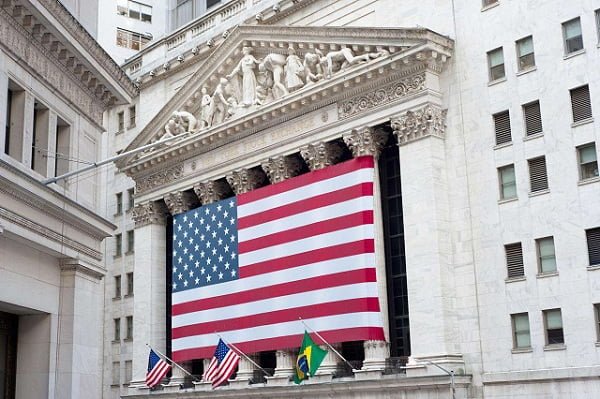In a twist of economic fortune, the US economy has delivered a performance that has taken many by surprise, heading for its most robust growth in nearly two years. The first government estimate reveals that the economy expanded at an astonishing annual rate of 4.9% in the period from July to September, marking the most significant increase seen since the final quarter of 2021.
The US economy has outpaced expectations in the third quarter of the year, thanks to a robust labor market and consumer spending. The backbone of this remarkable growth remains strong consumer spending, even as the Federal Reserve attempted to curb expenditures with higher interest rates. Consumers, undeterred by the monetary policy shift, continued to spend generously on durable goods and experiences.
US Economy Growth Beyond Expectations
According to the advance estimate from the Commerce Department, the third-quarter GDP is poised to surge at an impressive annualized rate of 4.3%. This not only surpasses the previous high of 4.1% recorded in the fourth quarter of 2021 but also marks a substantial leap from the 2.1% growth witnessed in the April-June quarter.
While analysts had predicted a growth rate of 4.5% for the third quarter, the actual figures have exceeded those expectations. The US economy’s ability to surpass forecasts and maintain this impressive growth trajectory has left many pleasantly surprised.
However, as the economy surges ahead, it’s not without its potential speed bumps. The sustained pace of remarkable growth may face headwinds down the road, primarily in the form of the Federal Reserve’s vigorous interest rate hikes, which could potentially put the brakes on growth in the fourth quarter.
Despite these challenges, the resilience of the labor market and strong consumer spending are expected to continue driving the US economy forward. Job growth remains robust, and the unemployment rate remains at a nine-month low.
Turning the attention to monetary policy, the robust GDP figures are unlikely to prompt immediate changes, given that financial conditions have already tightened. The Federal Reserve is anticipated to maintain unchanged interest rates at its upcoming meeting, a notion that financial markets have already factored in.
The US economy showcases remarkable resilience in the face of challenges. While the growth rate may moderate in the fourth quarter, the overall outlook remains optimistic. The Federal Reserve will continue to vigilantly monitor inflation and adjust its policies accordingly.
With the central bank’s recent move to raise interest rates to a 22-year high in an effort to rein in soaring prices, some economists have sounded the alarm about the potential for an economic downturn. The goal behind this aggressive interest rate hike is to bring inflation, which has been climbing, back down closer to the desired 2% mark.
Raising interest rates stands as one of the primary tools in the arsenal of central banks to combat inflation. By making borrowing more expensive, the rationale is that consumers will cut back on spending, resulting in a slower increase in prices.
Thus far, the United States, boasting the world’s largest economy, has managed to defy the grimmest of predictions. However, Kathy Bostjancic, Chief Economist at Nationwide, offers a cautious perspective. She anticipates that consumers may be drawing from the “last portion of pandemic-related savings” to fuel their spending, and she foresees a slowdown in economic growth in the final quarter of 2023.
The economic landscape remains dynamic and subject to numerous factors, with concerns about inflation and its impact on the economy at the forefront of financial discourse. As economists closely monitor the evolving situation, the future trajectory of the U.S. economy continues to be a matter of keen interest and scrutiny.

